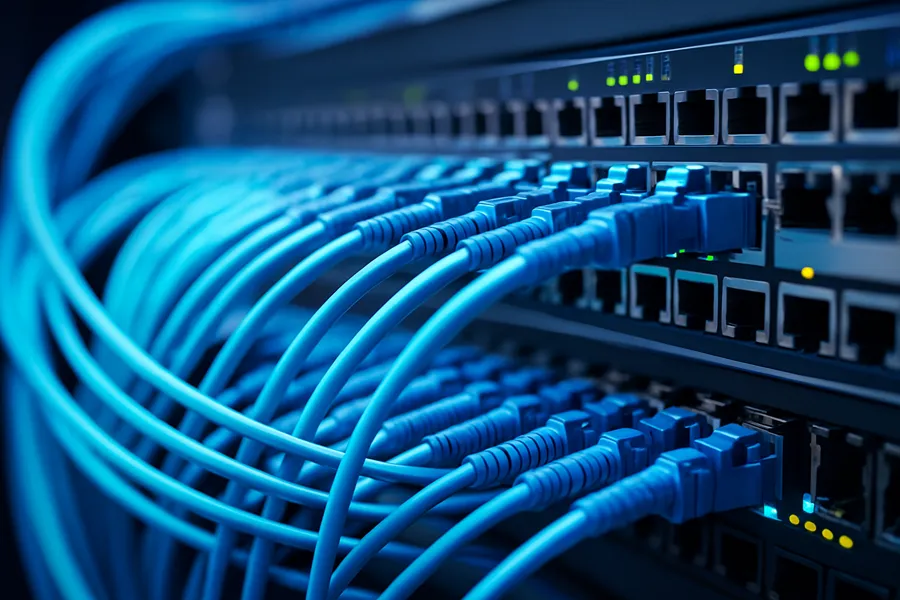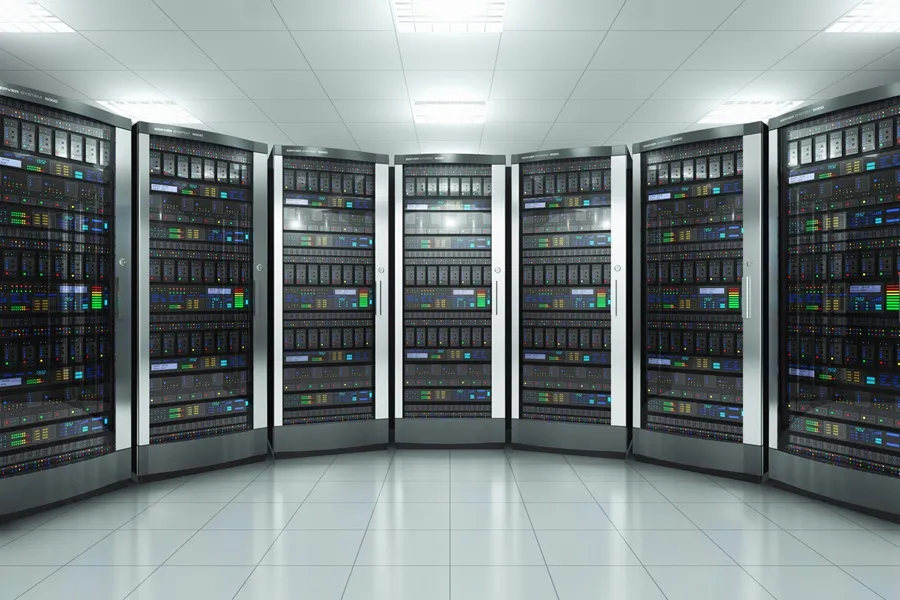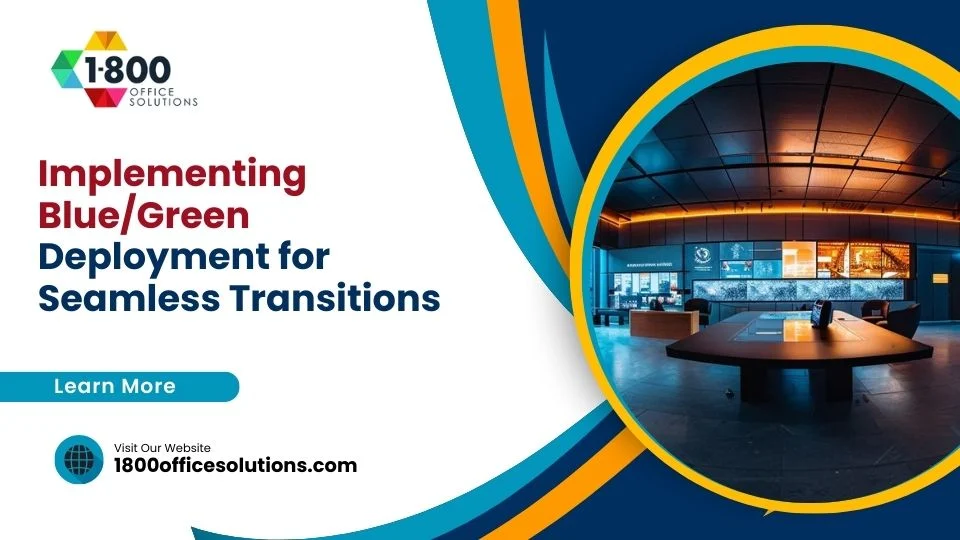Boosting Online Performance, The Speed Advantage of Datacenter Proxies
Boosting Online Performance: The Speed Advantage of Datacenter Proxies
Your business probably deals with massive amounts of data every single day. But here’s the frustrating part: geographical blocks and rate limits keep getting in the way of legitimate data collection. It’s like trying to fill a swimming pool through a straw when you really need a fire hose.
Datacenter proxies solve this problem by tapping into enterprise-grade infrastructure that residential connections can’t touch. These aren’t just marginally faster alternatives; they’re built on completely different technology that changes how companies handle web operations.
The Infrastructure Behind the Speed

Picture a massive warehouse filled with server racks, fiber optic cables, and industrial cooling systems. That’s where datacenter proxies live. These facilities run 24/7 with backup power systems and multiple internet connections, achieving 99.97% uptime (which means about 13 minutes of downtime per year).
The difference starts with the internet connection itself. Your home internet might advertise “up to” 500 Mbps, but datacenter facilities get symmetrical gigabit connections as their baseline. And unlike residential connections that slow down when everyone streams Netflix at 8 PM, these commercial lines maintain consistent speeds around the clock.
Here’s where it gets interesting: virtualization lets one physical server create hundreds of separate proxy instances. Each one acts like its own independent computer with a unique IP address. It’s similar to how apartment buildings give every unit its own address, even though they share the same building.
Breaking Down the Performance Numbers
Speed tests reveal the stark difference between proxy types. Datacenter proxies respond in under 50 milliseconds, while residential proxies typically need 200-300 milliseconds. That might sound trivial, but multiply those milliseconds by 10,000 requests and you’re looking at hours of difference.
The throughput gap is even more dramatic. Standard datacenter connections handle 1 Gbps without breaking a sweat, with premium options reaching 10 Gbps. Meanwhile, residential proxies struggle to maintain 100 Mbps consistently. That’s like comparing a garden hose to a fire hydrant.
But speed means nothing without reliability. Datacenter facilities use redundant everything (power, cooling, internet connections) to maintain rock-solid performance. When you buy monthly datacenter proxies, you’re getting infrastructure that simply doesn’t exist in residential settings.
Technical Features That Actually Matter
Not all proxies speak the same language, literally. HTTP proxies work fine for basic web browsing, but SOCKS5 proxies handle everything from email to database connections. Most quality datacenter providers support both, giving you flexibility that cheaper alternatives skip.
Authentication seems boring until you’re managing hundreds of proxies. IP whitelisting removes password hassles but locks you to specific locations. Username/password authentication travels anywhere but requires credential juggling. The smartest providers now offer API-based authentication that rotates credentials automatically (because who wants to manage passwords in 2025?).
Geography still matters in the digital world. Connecting from New York to London servers adds about 80 milliseconds versus using London-based proxies. Smart providers maintain servers across continents, so you can always find something close to your target.
Where Businesses Actually Use These
E-commerce companies are the heavy users here. They track competitor prices across thousands of products daily, and waiting isn’t an option when prices change by the minute. One major retailer told me they monitor 50,000 SKUs across 200 websites every hour (try doing that on your home connection).
Market researchers have discovered datacenter proxies enable real-time sentiment tracking. Processing Twitter streams, Reddit threads, and news sites simultaneously requires serious bandwidth. MIT’s recent research found that data collection accuracy drops 40% when connection speeds can’t keep up with content generation rates.
Software companies rely on these proxies for load testing before major releases. They simulate thousands of users hitting their servers from different locations, catching problems before actual customers do. Gaming companies especially need this; nobody wants their multiplayer launch ruined by unexpected lag.
Security Without the Paranoia
Yes, datacenter proxies hide your IP address, but that’s just the beginning. The real security comes from proper implementation. Always verify SSL certificates are working correctly (your browser usually handles this, but automated tools might not).
Choosing the right provider matters more than most people realize. Legitimate operators follow no-logs policies and get independent security audits. Check if they comply with standards from The Internet Engineering Task Force, which sets the rules for secure internet protocols.
Rate limiting keeps you from getting blocked. Even with proxy rotation, blasting 1,000 requests per second screams “bot” to any decent security system. Start slow, gradually increase speed, and back off if you hit resistance. Think of it like merging onto a highway: you don’t floor it immediately.
Making Proxies Work Smarter
Session persistence prevents weird behavior that triggers security alerts. Keep the same proxy for an entire task instead of switching mid-stream. Imagine walking into a store, then sending your twin to checkout; it looks suspicious even if it’s technically allowed.
Pool sizing depends on your goals. Small operations might need 20-50 IPs, while serious data collection requires hundreds. Calculate your daily request volume first, then add 30% buffer for growth and failures.
Location strategy goes beyond picking the closest proxy. European companies might need EU-based proxies for GDPR compliance, regardless of speed benefits elsewhere. Sometimes regulations trump performance.
What’s Coming Next
IPv6 changes everything about proxy availability. Instead of fighting over limited IPv4 addresses, providers can offer millions of unique IPs per customer. Early adopters report 25% speed improvements just from simplified routing.
Edge computing brings datacenter power to your neighborhood. Instead of connecting to servers hundreds of miles away, mini-datacenters process requests locally. Gartner predicts this will handle 75% of enterprise data by 2025.
AI integration is already improving proxy selection and rotation strategies. These systems learn from millions of requests to predict the best proxy for each task. It’s like having a GPS for your internet traffic, automatically routing around slowdowns and blocks.
The Bottom Line on Speed
Datacenter proxies win when you need speed, scale, and reliability. They cost 80-90% less per gigabyte than residential alternatives while delivering 5-10x better performance. For businesses running high-volume operations, the math is pretty straightforward.
But they’re not perfect for everything. Some websites detect and block datacenter IPs more aggressively than residential ones. You’ll need to weigh speed against detection risk based on your specific use case.










